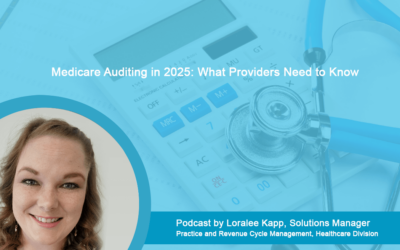Outsource Strategies International (OSI) is a competent provider of dental billing services. Our team helps practices submit clean claims with the correct CDT codes to meet payer guidelines. We also provide comprehensive dental eligibility verification services to confirm patient benefits before services are rendered.
In today’s podcast, Meghann Drella, a Senior Solutions Manager at Outsource Strategies International, discusses the dental codes for gingivectomy.
Podcast Highlights
00:11 Gingivectomy CDT Codes
00:54 CDT Coding Guidelines
Read Transcript
Hello and welcome to our podcast series. My name is Meghann Drella and I’m a Senior Solutions Manager here at Outsource Strategies International. Today I’ll be discussing the dental codes for gingivectomy.
00:11 Gingivectomy CDT Codes
The teeth in the mouth are divided into 4 quarters or sections. Let’s take a look at the CDT codes that describe your gingivectomy procedures and when each CDT code should be used.
- D4210 for Gingivectomy or Gingivoplasty is four or more contiguous teeth or tooth bonded spaces per quadrant
- D4211 is one or three contiguous teeth or tooth bounded space per quadrant
These procedures are performed to eliminate suprabony pockets, orto restore normal architecture when gingival enlargements are asymmetrical or unaesthetic topographically is evident with normal body configuration.
00:54 CDT Coding Guidelines
D4210 is covered when 4 or more teeth within a section meet the allowable criteria. D4211 is covered when 1 to 3 teeth within a section with the allowable criteria. D7971 is used when inflammatory or hypertrophied tissue is being removed on a partially affected or impacted tooth. D4274 can also be used for this procedure. This code does not include any osseous recontouring or removal and is used when the procedure is performed in an edentulous area adjacent to a tooth allowing removal of a tissue wedge to gain access for debridement and to reduce pocket depth. However, any benefit for this procedure will be disallowed when performed in conjunction with another surgical procedure in the same area. For instance, if bone removal is indicated or performed, D4261 should be used instead of D4274.
As coding for dental procedures can be really complex, a comprehensive dental eligibility verification to verify your patience coverage before the procedures are performed is very important.
I hope this helps, but always remember the documentation as well as a thorough knowledge of payer regulations and guidelines is critical to ensure accurate reimbursement for the procedures performed.
Thank you for joining me and stay tuned for my next podcast.



